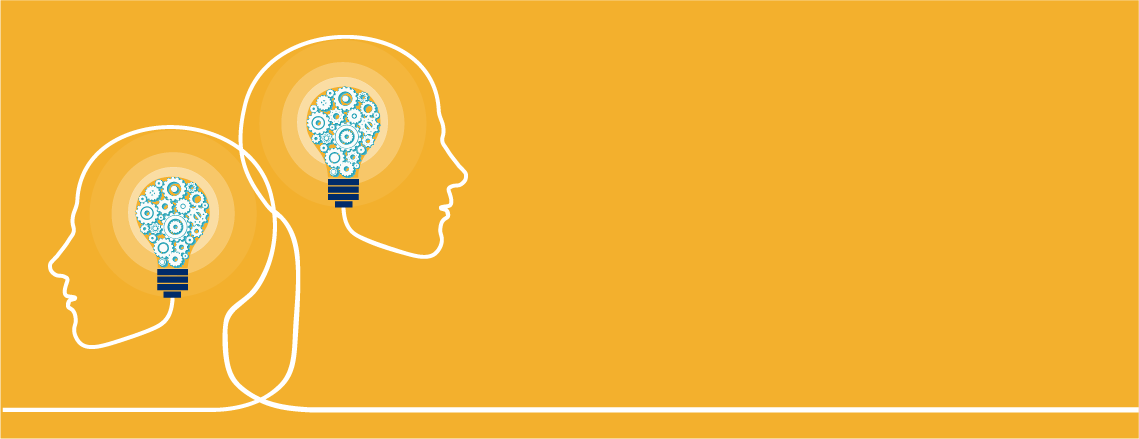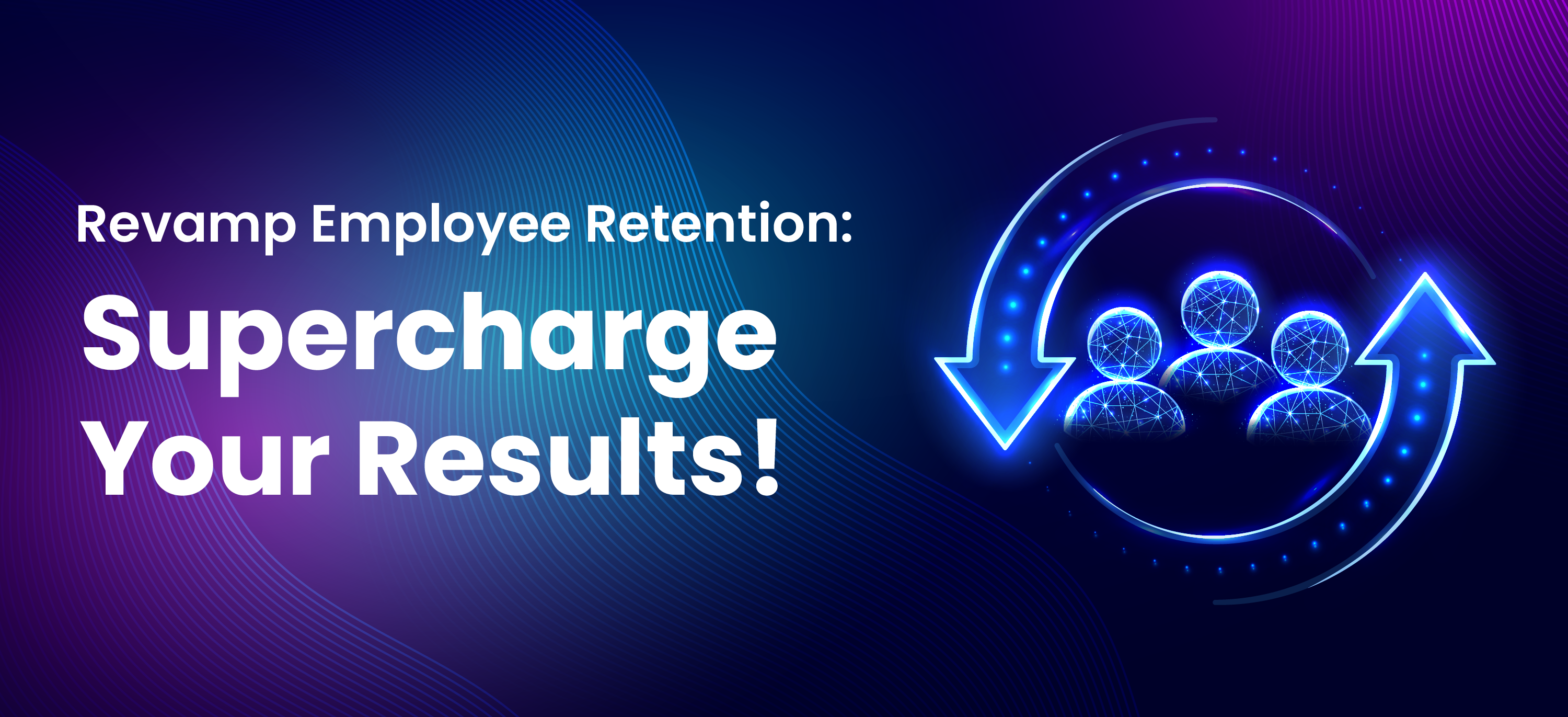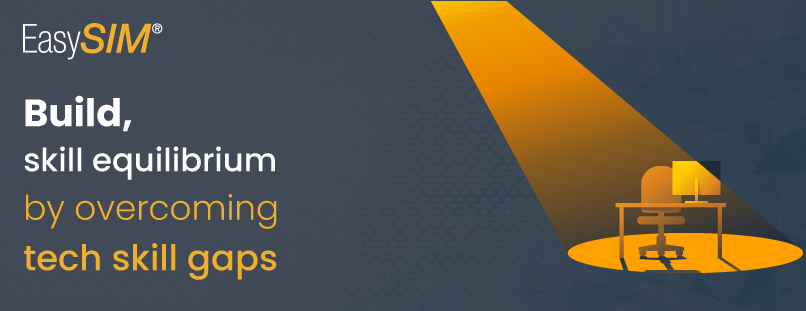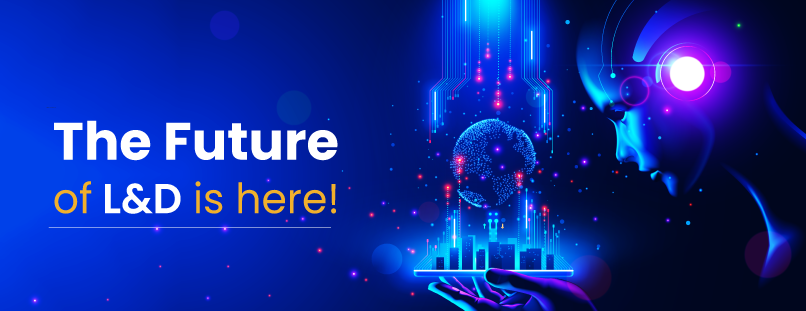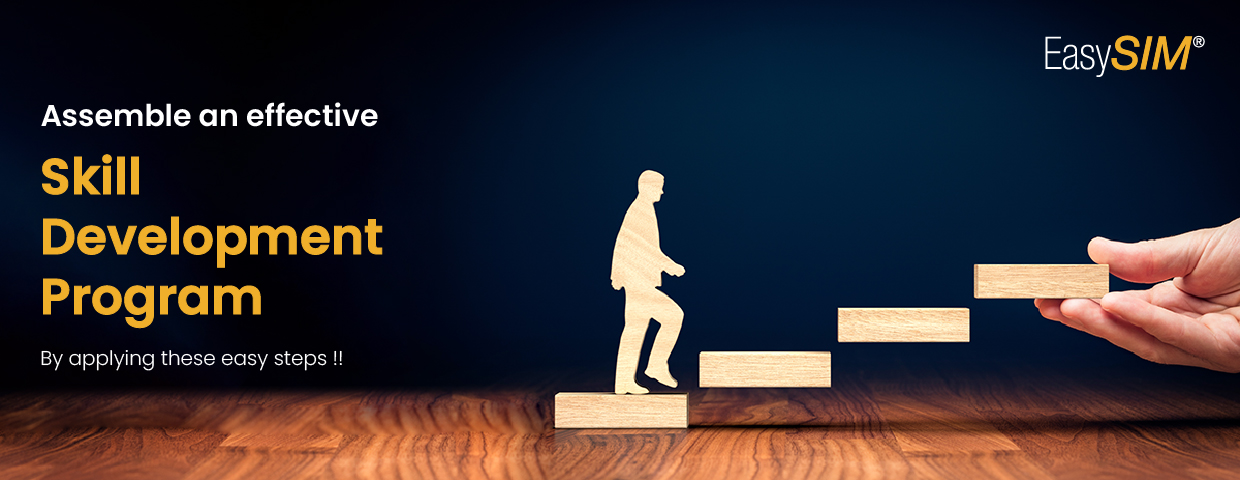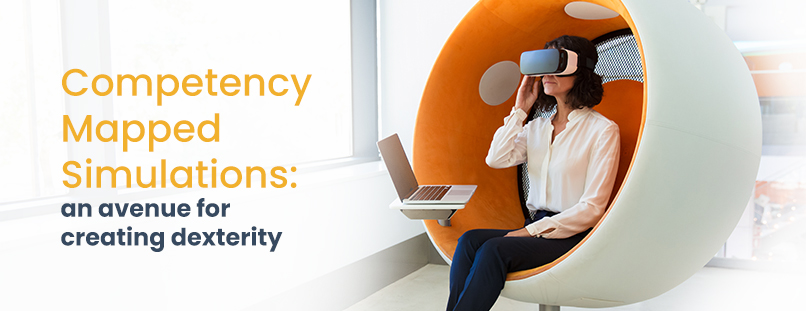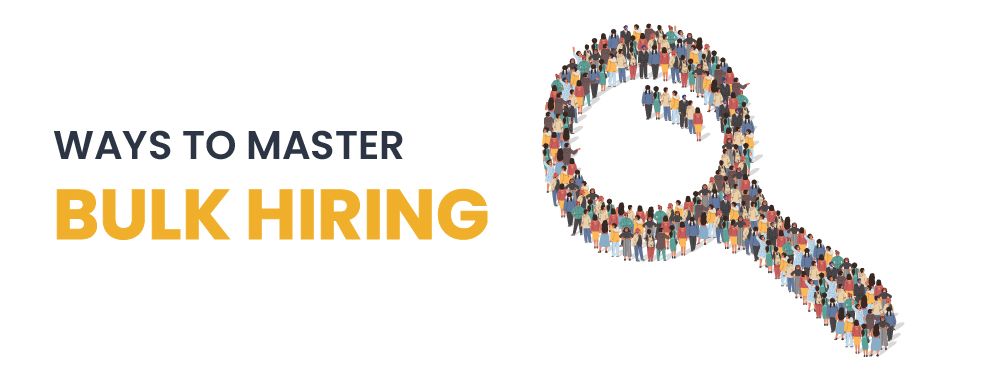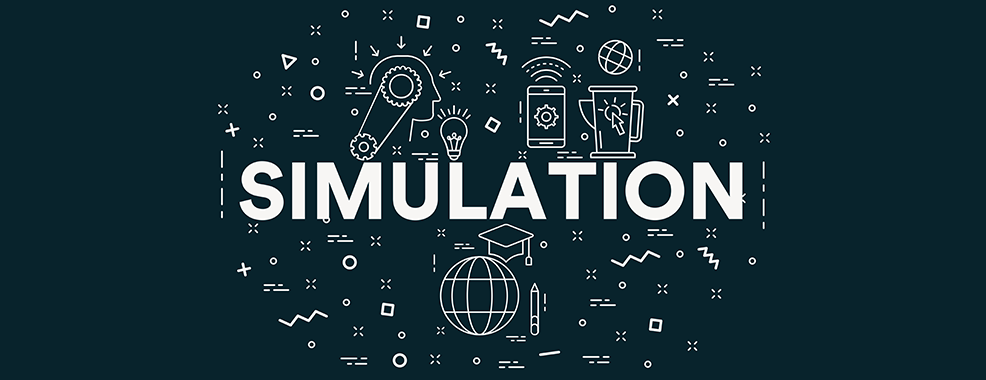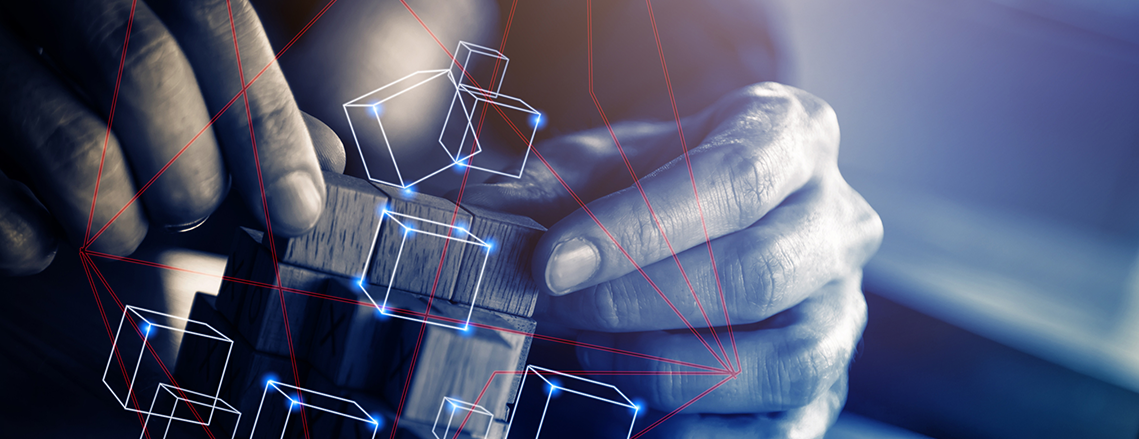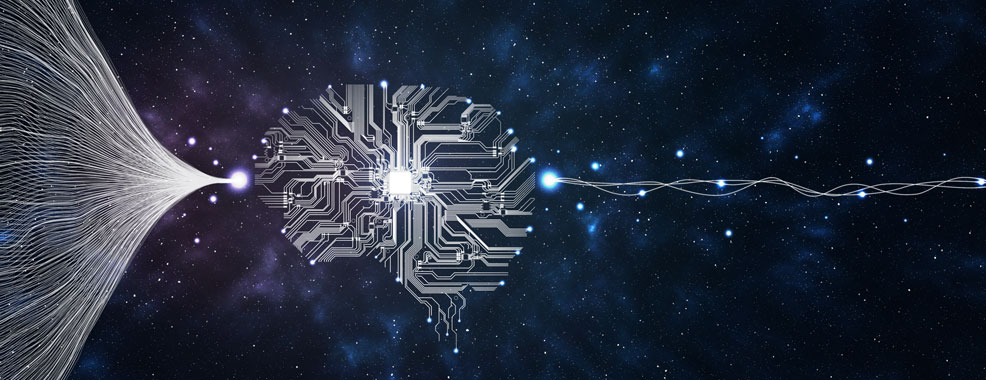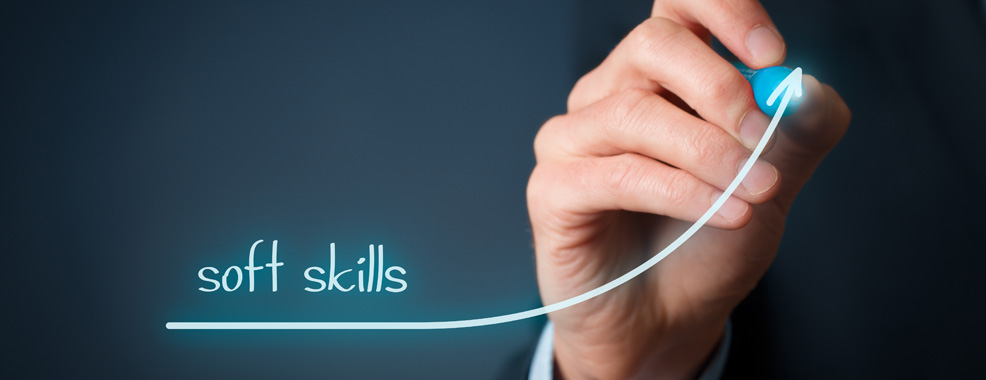Introduced in the year 1970 by Noel Burch, an employee of Gordon Training International, the Conscious Competence Learning Model or matrix describes the stages in the learning process and eventually obtaining a new skill. The model talks about two components that influence our thought process while learning a new ability: Consciousness (awareness) and Competence (level of skill).
According to this model, the learner mostly starts with unconscious incompetence and progresses through conscious incompetence and conscious competence before finally touching down at unconscious competence.
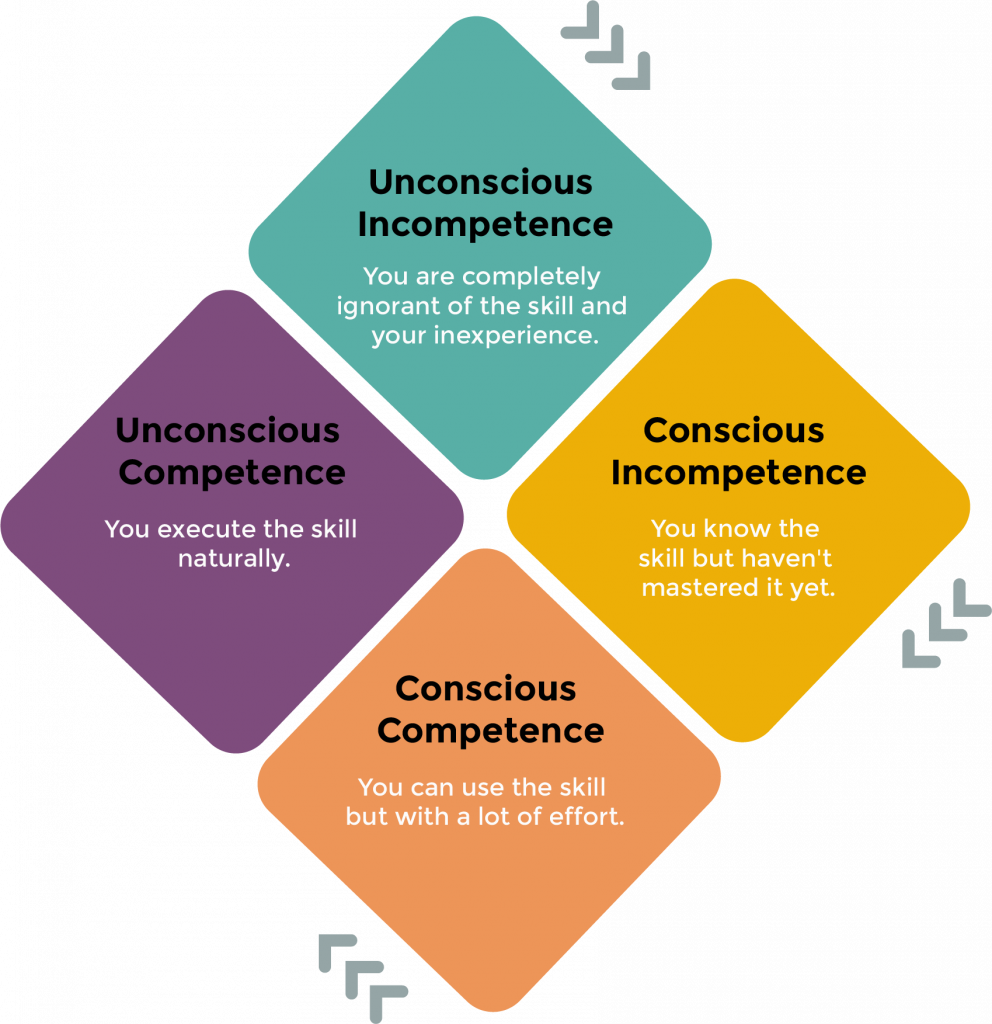
The four levels of competence in the Conscious Competency Learning model
Each learner has had to deal with learning difficulties at some point in their lives. Numerous obstacles cause a person to experience long learning difficulties, whether they are aware of it or not. The issue is how to transition them from being unaware of their learning difficulties to becoming aware, skilled, and eventually an expert. The Conscious Competence learning model helps them to understand and accomplish this transition. Let us look at the four stages of this model:
- Stage 1: Unconscious incompetence
This is the stage when the learners are unaware of their own weakness or incompetence. Individuals who are unaware that they are insufficient often perform or approach situations with confidence, oversimplify problems, and fail to see that there is something that needs to be acknowledged and learned. To start the learning cycle, the individuals must recognize their lack of skill and their value for them before starting to work on them and moving ahead to the next level. This can be done by understanding the personal or organizational learning objectives and identifying own strengths and weaknesses to ascertain what needs to be learned.
2. Stage 2: Conscious incompetence
The conscious incompetence stage occurs when learners realize that they lack certain required information or competence. The individuals recognize at this point that there were many things they didn’t know and needed to learn, far more than they anticipated. They were still perplexed at first since they didn’t understand what they didn’t know, but then they became aware of their presence and the importance of mastering that specific knowledge and abilities. The learners recognize that improving their level of expertise will enable them to perform better, take on more responsibility, or advance in their careers. At this level, they commit to practice and develop new abilities or competencies.
3. Stage 3: Conscious competence
This is the stage at which the learners discover and recognize that they already know things or are capable of doing something new. This is the assimilation stage, in which an individual combines previously possessed learning experiences with fresh experiences and notions. At this level, the learners start to hone their learning ability, the ability that seeks to acquire something that they desire. This level is achieved when a person can efficiently complete a task or learn a new ability, but still mastering it requires considerable practice and focus. The famous quote “Practice makes a person perfect” applies at this stage.
4. Stage 4: Unconscious competence
This is the highest level in the Conscious Competency Learning Model. At this level, the learner does not feel the need to be competent. It becomes unnecessary to think about the skill while performing it. Everything is done “automatically,” not excessively or unnecessarily, and with full knowledge and awareness of what is being done. If individuals frequently practice learning their competence, they will become an expert or a professional. Once learners achieve unconscious competence, they may become capable of completing the task while doing something else simultaneously.
However, the learning process path that people take when they move through the stages of this model does not always flow one-sidedly or is finished at the last stage. For example, in the case of learning a new sport, if you do not practice it on a regular basis, you can slip back from stage 4 to stage 3, or stage 3 to stage 2, or some people might want to be at stage 3 or any other stage willingly.
Conclusion
The Conscious Competence Learning Model is a representation of how people learn and the stages they go through in order to attain a particular competence. Understanding this model will help in recognizing how to manage thoughts and reactions that an individual goes through during a learning experience.

